12 Strange Home Decor From The ’50s That Would Horrify Interior Designers Now
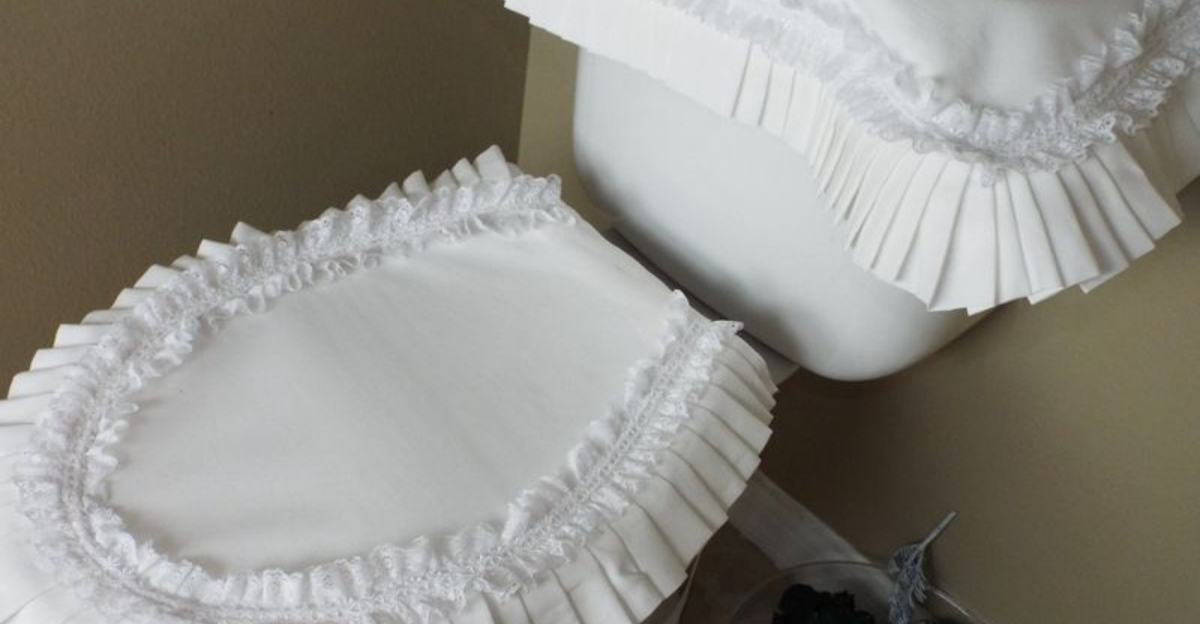
The 1950s were a bold and imaginative time for home decor, where every living room, kitchen, and bathroom seemed to be a playground for innovation—and sometimes, outright questionable choices.
While some trends have stood the test of time, others have aged about as gracefully as a half-melted Jell-O salad at a summer picnic.
Picture this: plastic-covered couches that stuck to your legs like cling wrap in July, bathrooms drenched in pink and mint green so intense they could give you a sugar rush, and ruffled toilet seat covers that looked more like an elaborate petticoat than bathroom décor.
Let’s not forget the obsession with wall-to-wall carpeting—yes, even in the bathroom! While these trends once screamed “modern and chic,” today they might just leave interior designers gasping for air.
So, grab your atomic-age cocktail and join us on a delightfully cringeworthy stroll through 12 bizarre decor trends from the ‘50s that are best left in the past!
1. Plastic Couch Covers
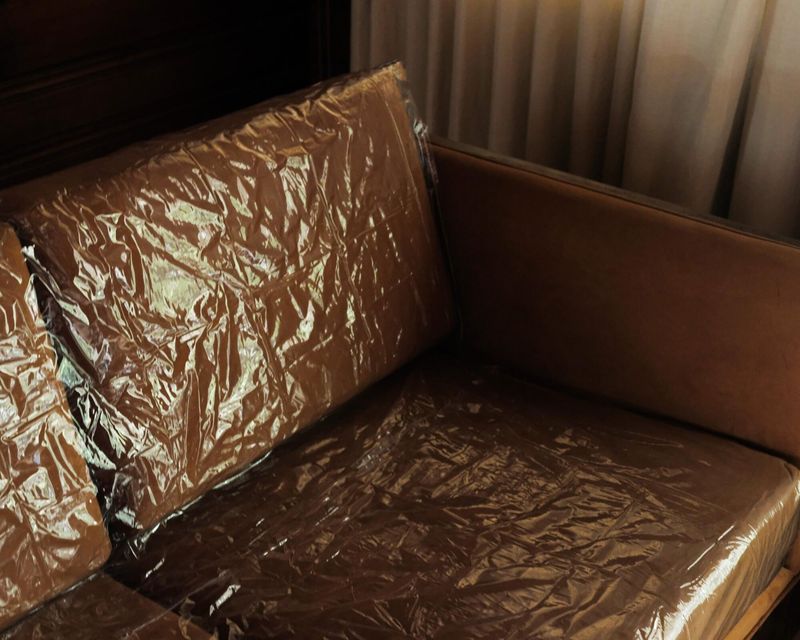
Your grandma’s beloved floral couch was not just a piece of furniture; it was an artifact encased in a protective layer of crinkly plastic. The idea was to preserve the couch’s pristine condition for future generations—or perhaps until the end of time. Sitting down, however, was a sport in itself, with the risk of slipping off or sticking to the plastic on a hot day.
The plastic covers were more like a second skin for the couch, shiny and slightly sticky, especially in the summer months. Each time someone sat down, a chorus of crinkles would accompany their every move, turning a simple family gathering into a symphony of plastic rustling.
While the intention was to keep the couch immaculate, the execution left much to be desired, often resulting in a seating experience that was more choreographed than comfortable. Today, we prefer our furniture to breathe a little.
2. Wall-to-Wall Carpeting in the Bathroom
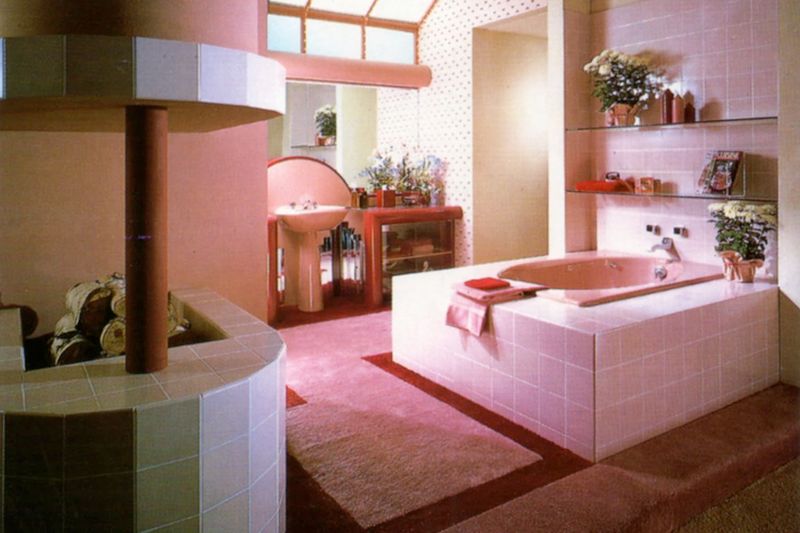
Imagine stepping out of your shower, not onto a fluffy towel, but onto a fully carpeted floor, wall-to-wall in your bathroom. In the 1950s, this was the height of luxury—an idea that today’s designers might find as perplexing as a raincoat made of tissue paper.
The carpet hugged every corner and crevice, unfazed by the constant splashes of water and steam, creating the perfect environment for mildew to thrive. Rugs were a permanent fixture, welcoming each damp footprint with open fibers.
While the intent was comfort and opulence, the reality was a damp, never-quite-dry expanse underfoot. The concept of carpeting in a space prone to moisture seems as outlandish today as a chocolate teapot. But back then, it was considered the epitome of indoor sophistication. Today’s waterproof tiles and bath mats would surely scoff at such an idea.
3. Pink and Mint Green Bathrooms
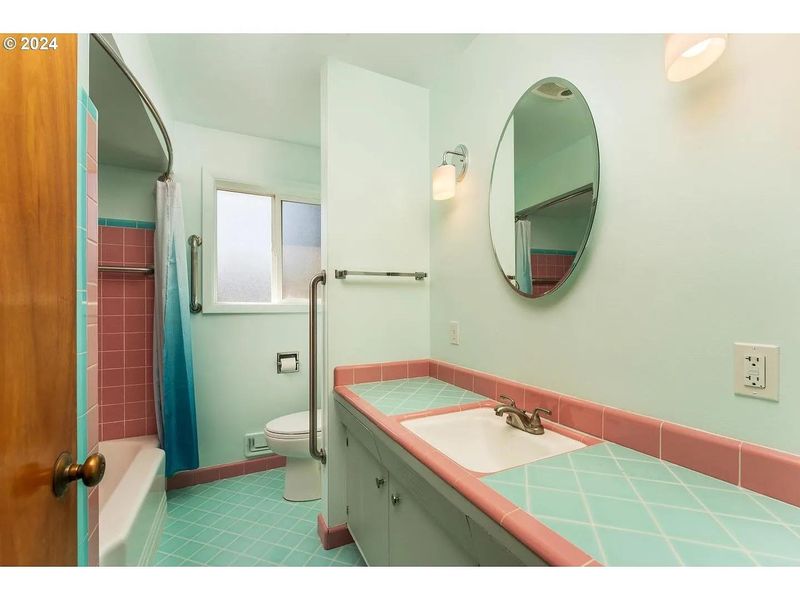
Step into a ‘50s bathroom and you might feel like you’ve entered a candy-colored wonderland. Pink and mint green were the hues of choice, painting the tiles, walls, sinks, and even toilets in a uniform burst of pastel delight.
It was a time when matching was king—a sort of monochrome madness that extended to every corner of the bathroom. While charming to some, to others it was akin to living inside a giant piece of bubblegum.
These vibrant bathrooms could be considered cheerful, but the clash of colors was often more circus than chic. For modern designers, this palette stands as a cautionary tale against overcommitment to a color scheme. The ‘50s might have loved their candy-coated bathrooms, but today’s aesthetic leans more towards serene and soothing with neutral tones.
4. Knotty Pine Wood Paneling

Ah, knotty pine wood paneling—a staple of 1950s interior design that made every home feel like a rustic cabin. Entire rooms were enveloped in its warm, orange glow, intended to bring a cozy, natural feel.
While it promised warmth, the reality was a space that felt dark, dated, and better suited to a hunting lodge than a suburban home. The thick wood panels absorbed light, creating a permanent twilight in living areas that should have been vibrant and inviting.
For those with a penchant for the outdoors, it might have been a slice of paradise. But for modern tastes, the overwhelming woodsy vibe is more old-fashioned than forest-friendly. Knotty pine has its place, just perhaps not in every room of the house. Nowadays, we prefer a splash of color or a dash of light to brighten up our living spaces.
5. Starburst Everything
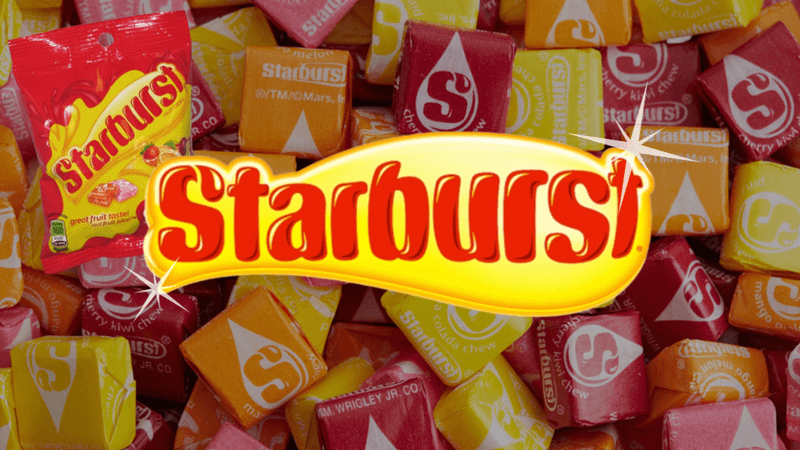
Welcome to the atomic age, where starburst motifs were as common as soda pop and drive-in movies. From clocks to chandeliers, this design was the darling of ‘50s decor, representing a fascination with space and the future.
The geometric design was meant to symbolize progress and innovation, making every household item look ready for lift-off. However, today, the starburst motif is more nostalgic than novel, a relic of a time when the space race fueled imaginations.
In a modern living room, these starburst designs can feel more kitsch than cutting-edge, a reminder of when optimism and atomic energy were all the rage. While some appreciate the throwback vibe, others prefer their decor to be a bit more grounded. The starburst remains a beloved symbol of mid-century design but now more often seen in curated collections than in everyday decor.
6. TV Lamps with Creepy Animal Shapes
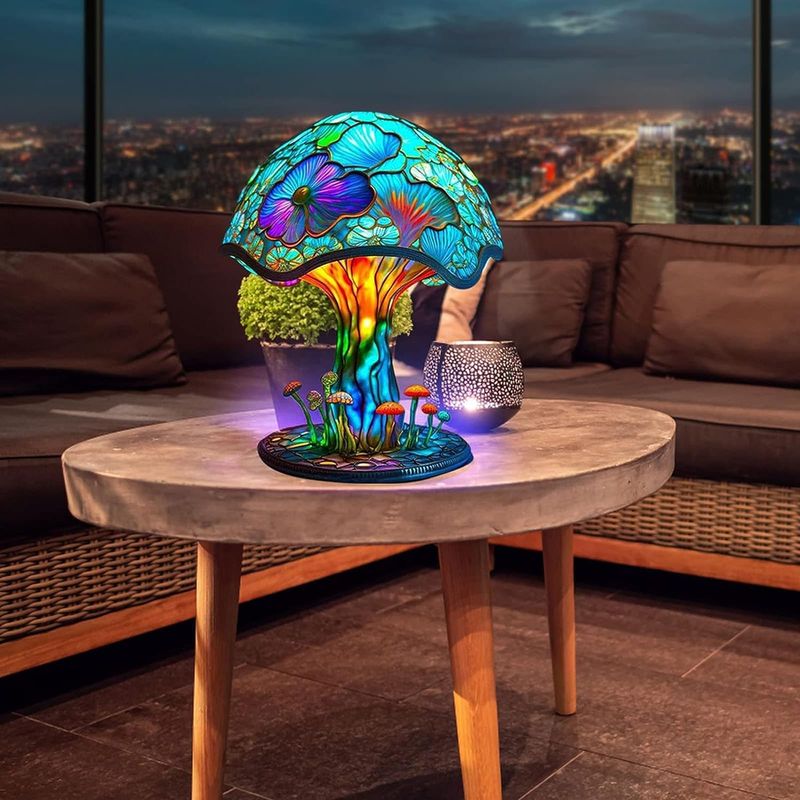
In the 1950s, TV lamps weren’t just for illumination; they were conversational pieces, often shaped like mysterious animals. Panthers, swans, and horses perched atop the television sets, casting their eerie glow across the room.
These lamps added an otherworldly ambiance, transforming dimly lit living rooms into shadowy dens. For some, they were charming; for others, just a touch unsettling, like having a ceramic zoo silently overseeing your evening TV time.
The purpose was dual—light up the room and provide a decorative flair. But modern designers might see them as more creepy than chic, preferring softer lighting solutions. These quirky animal lamps serve as a reminder of when TVs were the centerpiece of the living space, demanding both attention and accessorization. Today, minimalist lighting and sleek designs have taken their place, but these lamps remain a quirky collectible.
7. Ruffled Toilet Seat Covers
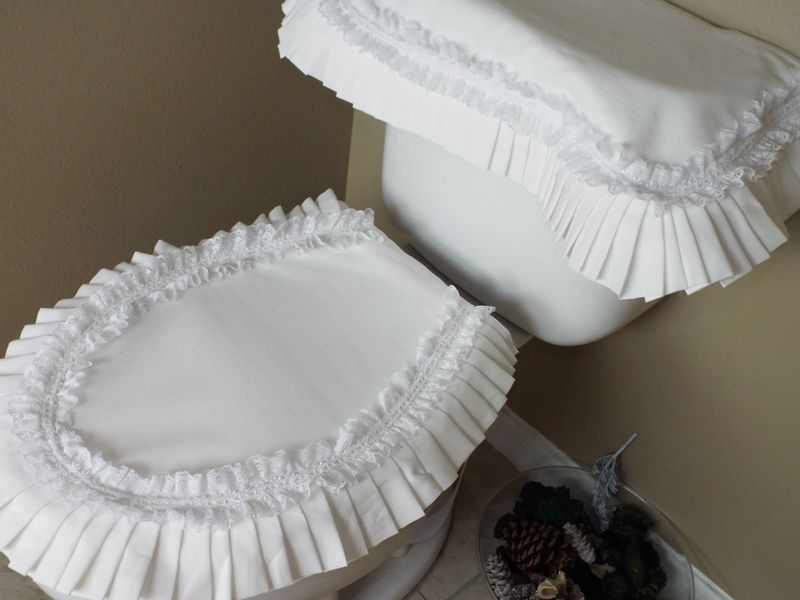
Nothing says “fancy” quite like a toilet seat adorned with ruffles upon ruffles, resembling a frothy meringue more than a bathroom fixture. In the ‘50s, these flourishes were the epitome of bathroom elegance, though practicality was another matter.
Fabric toilet seat covers had a way of soaking up every drop, turning a functional space into a frilly nightmare. They were as absorbent as they were decorative, creating an unwelcome moist surprise for anyone who dared to lift the lid.
While these covers aimed to add a touch of class, they often became a lesson in over-decoration. Ruffles may have ruled the day, but today, sleek, easy-to-clean designs reign supreme. The frills and fabric have given way to smooth, hygienic surfaces, proving that sometimes less is indeed more. These covers are a reminder that not all embellishments improve functionality.
8. Shadowbox Wall Art
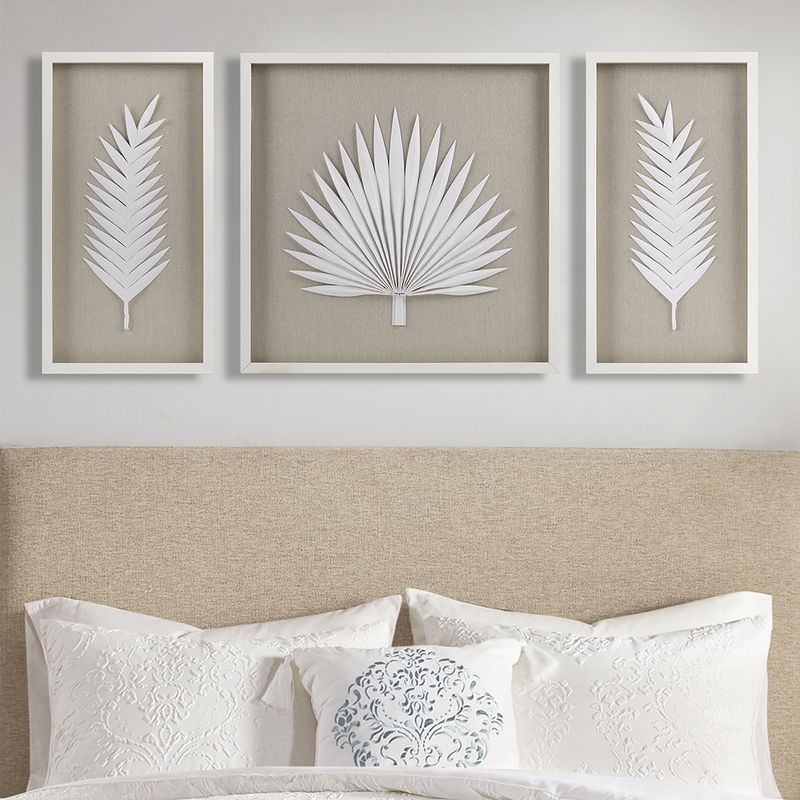
Imagine your walls adorned not just with paintings, but shadowbox dioramas—three-dimensional art trapped behind glass. The 1950s saw this trend flourish, showcasing abstract shapes, faux-gilded leaves, and plastic flowers in geometric wooden frames.
The effect was both art and artifact, a little world captured in miniature, often more suited to a natural history museum than a living room. These pieces added depth and dimension, though sometimes they resembled oversized insect display cases.
While shadowbox art aimed for highbrow sophistication, it often landed somewhere between quirky and quaint. Today’s art lovers might find these pieces charmingly retro, but prefer their walls to breathe. The shadowbox holds a unique place in art history, a testament to a time when decor was as much about storytelling as style. In the modern home, less is often more when it comes to wall space.
9. Vinyl Tile Flooring That Looked Like… Everything
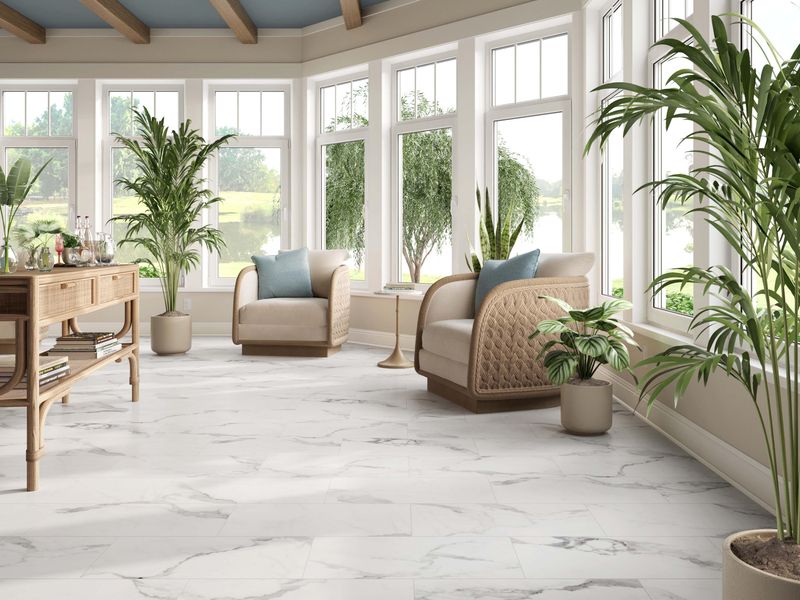
Ah, vinyl tiles of the ‘50s—masters of disguise! They masqueraded as everything from checkerboard patterns to wood grain and faux-brick, turning kitchen floors into playful mosaics of impracticality.
These tiles were the height of style, bringing a dose of color and pattern to every corner. In reality, they were as convincing as a plastic fruit arrangement, and just as easily dated. The charm lay in their playful pretense, an illusion of luxury on a budget.
For those who embraced the whimsy, vinyl tiles were a canvas for creativity, though they often felt more theatrical than tasteful. Today, flooring trends lean towards authenticity, valuing genuine materials over fabricated finesse. The vinyl tile era is a chapter in design history, a reminder of a time when imagination paved the way for every step. Modern floors favor durability and elegance over playful deceit.
10. Bathroom Carpet Covers for the Toilet Lid and Tank
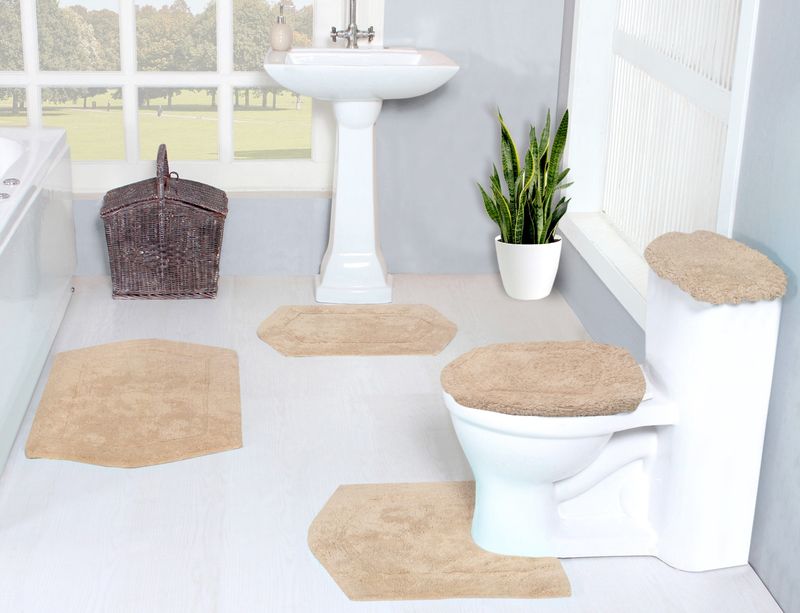
If wall-to-wall bathroom carpeting wasn’t enough, the ‘50s took it a step further with fuzzy carpet covers for the toilet tank, lid, and even the spare toilet paper roll. These matching sets promised coziness but delivered questionable hygiene.
The covers transformed the humble toilet into a plush throne, albeit one that required frequent washing. The bathroom became a fabric wonderland, where even the toilet paper enjoyed a layer of comfort.
What was intended as warmth often ended as a moisture trap, collecting every bit of dampness life could throw at it. While charming in theory, today’s designers favor sleek, easy-to-clean surfaces. The fuzzy toilet cover is a fuzzy memory—an experiment in comfort over practicality. Modern bathrooms embrace minimalism, focusing more on functionality than fuzzy aesthetics.
11. Overly Dramatic Curtain Swags
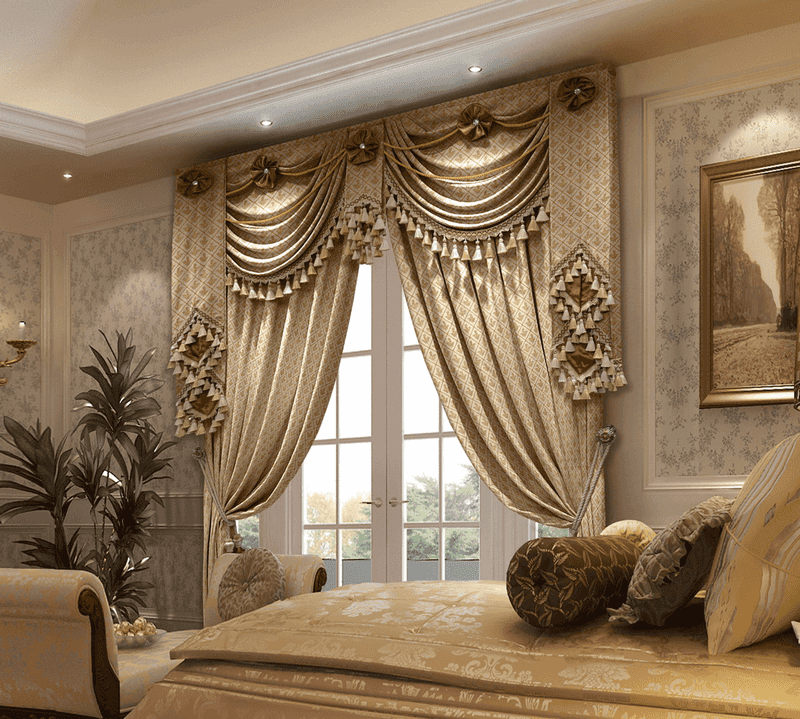
Curtains in the ‘50s weren’t just a window dressing; they were theatrical productions in their own right. Swags of fabric, ruched and tasseled, transformed simple openings into grandiose stage sets.
These curtains were heavy, layered, and often required a small army to open and close. While they provided drama, they also blocked out much of the natural light, turning rooms into shadowy retreats.
For those who loved the opulence, such drapery was a dream. But today, we prefer our windows to invite light and air, with designs that complement rather than overshadow. The curtain swag is a majestic relic of mid-century grandeur, reminding us of a time when more was more. Modern tastes lean towards clean lines and simplicity, where elegance doesn’t mean excess.
12. Bubble Lamps and Fiberglass Lampshades
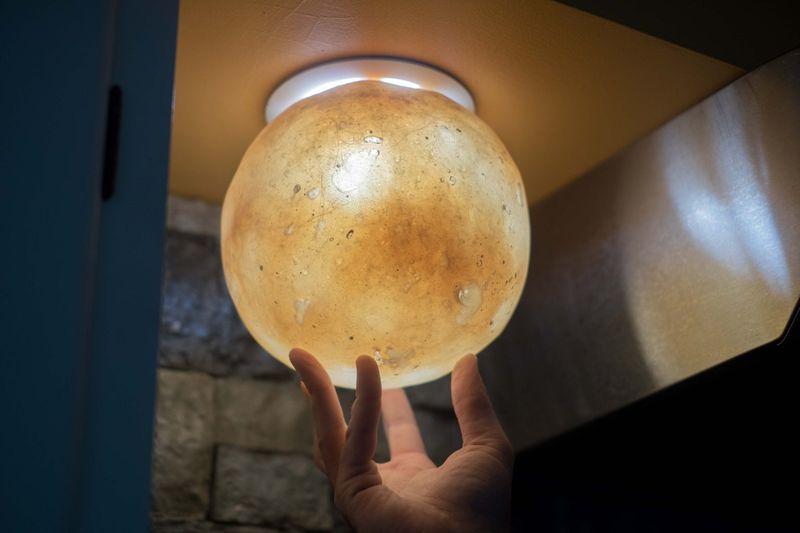
Bubble lamps and fiberglass lampshades were all the rage in the ‘50s, with their odd textures and atomic squiggles. These lamps looked like something out of a sci-fi movie, a glimpse into a future that never quite happened.
With their quirky shapes and unusual materials, they added a touch of the avant-garde to any room, though not always to everyone’s taste. The fiberglass shades glowed with a soft light, casting shadows that danced across the walls.
While they aimed to be futuristic, today they often appear more kitsch than cutting-edge. The bubble lamp remains an icon of mid-century design, a playful nod to a time when possibilities seemed endless. Modern lighting tends towards sleek and understated, but these lamps hold a special place in retro decor, a testament to the imagination of a bygone era.
